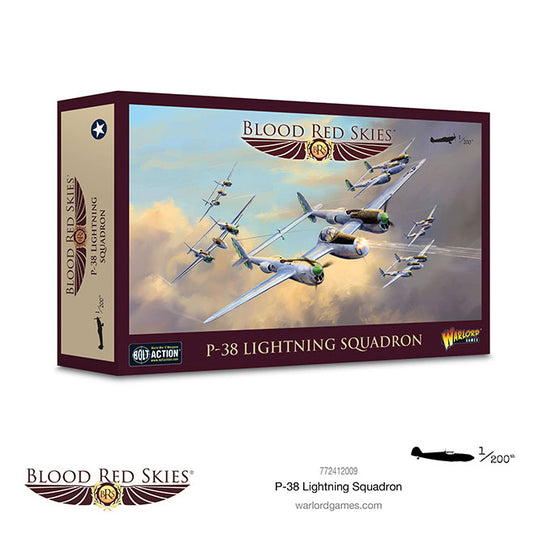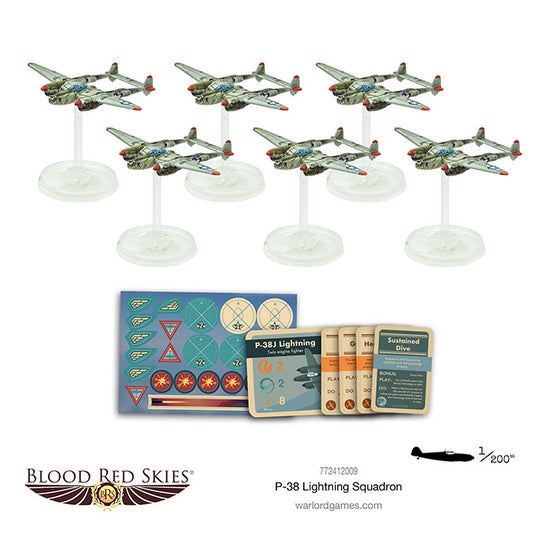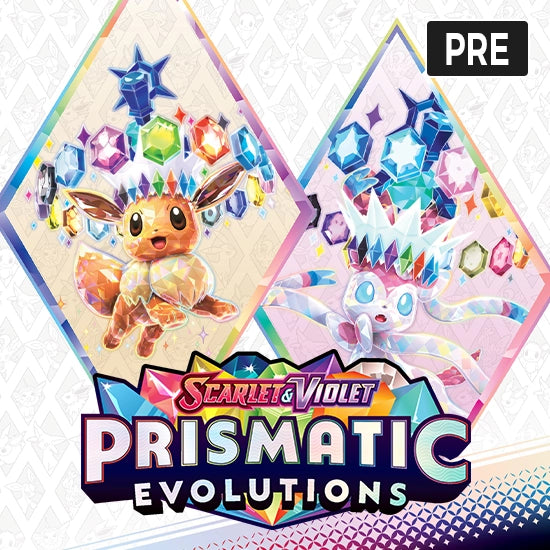Description
The P-38 Lightning’s comparatively long range proved invaluable in the Pacific Theatre and for escort duties in deep penetration raids over occupied Europe, enjoying considerable success as a ground attack strike fighter.
The twin-engined fighter enjoyed its most extensive deployment and successes in the Pacific theatre. Though it could not outmanoeuvre the A6M Zero at sub-200mph speeds, its speed and rate of climb lent it the capability of making several high speed passes in combat, and Japanese aircraft armour was more susceptible than German aircraft to the tight groupings of the P-38s guns.
It was P-38s that engaged in the fighter-intercept mission that claimed the life of Admiral Isoroku Yamamoto, architect of the attack on Pearl Harbor. In this engagement, 16 P-38G lightnings met two G4M “Betty” transports and six escorting Zeros. Both transports were lost as well as two Zeros, for the loss of one P-38.
Contents:- 6 x Warlord Resin P-38 Lightning aircraft
- 6 x Advantage Flying Bases
- 1 x Punchboard with Game Tokens
- 1 x Aircraft Card (P-38J Lightning)
- 1 x Doctrine Card (Sustained Dive)
- 7 x Aircraft Trait Cards (3 x Heavy Hitter, 3 x Great Dive, 1 x Agile)
- 1 x Waterslide Aircraft Markings Sheet
Models supplied unassembled and unpainted
Frequently Asked Questions
What are miniatures used for in tabletop games?
Miniatures are small, detailed models used in tabletop games to represent characters, creatures, and scenery.
They enhance the visual experience and aid in gameplay by providing a physical representation of game
elements.
How do I paint my miniatures?
Painting miniatures involves several steps: priming the miniature with a base coat, applying base colors,
adding details with fine brushes, and finishing with a protective sealant. Many hobbyists use acrylic paints
and invest in quality brushes for the best results. You can pick some up from our Paints
Section
What materials are miniatures typically made from?
Miniatures are commonly made from plastic, resin, or metal. Each material has its own advantages; plastic is
lightweight and affordable, resin captures fine details well, and metal miniatures are durable and have a
classic feel.
How can I start collecting miniatures?
Start by choosing a game or genre that interests you. Purchase a starter set or a few miniatures to begin
with, and gradually expand your collection. Joining local gaming groups or online communities can provide
valuable advice and support.
Where can I buy miniatures?
Miniatures can be purchased from Here. As well as from Hobby shops
like our Gaming Centre, or at
Conventions, or Games Workshop
What are some tips for assembling miniatures?
Use a hobby knife or clippers to carefully remove pieces from sprues. Dry fit parts before gluing to ensure
proper alignment, and use a plastic or super glue appropriate for the material. Allow glued parts to fully
dry before handling. All of these can be found Here
Can miniatures be used in different games?
While some miniatures are specific to certain games, many can be used across different tabletop games and
RPGs, especially if they fit the theme or setting. Check the scale and style to ensure compatibility.
How should I store and transport my miniatures?
Store miniatures in a cool, dry place, ideally in a protective case with individual compartments to prevent
damage. When transporting, use foam trays or padded bags to cushion the miniatures and keep them secure.
Are there any beginner-friendly miniature painting tutorials?
Yes, there are many beginner-friendly tutorials available online. Websites, YouTube channels, and hobby blogs
often provide step-by-step guides and videos to help newcomers learn painting techniques and improve their
skills.








